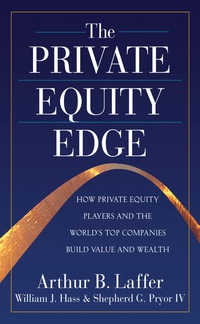Question
Consider the following realized annual returns: Year Stock A Index 2000 23.6% 50.3% 2001 24.7% 29.7% 2002 30.5% 86.9% 2003 9.0% 23.1% 2004 -2.0% 0.2%
Consider the following realized annual returns:
| Year | Stock A | Index |
| 2000 | 23.6% | 50.3% |
| 2001 | 24.7% | 29.7% |
| 2002 | 30.5% | 86.9% |
| 2003 | 9.0% | 23.1% |
| 2004 | -2.0% | 0.2% |
| 2005 | -17.3% | -3.2% |
| 2006 | -24.3% | -27.0% |
| 2007 | 32.2% | 27.9% |
| 2008 | 4.4% | -5.1% |
| 2009 | 7.4% | -11.3% |
a. Calculate the average of annual returns of the index.
b. Compute the standard deviation of annual returns of the index.
c. Compute the lower bound of the 95% confidence interval for annual returns of the index. Use the exact value from Excel, not an approximation.
d. Compute the geometric mean of annual returns of the index.
a. The average of annual returns of the index is %. (round to two decimals)
b. The standard deviation of annual returns of the index is %. (round to two decimals)
c. The lower bound of the 95% confidence interval of annual returns of the index is %. (round to two decimals)
d. The geometric mean of annual returns of the index is %. (round to two decimals)
Step by Step Solution
There are 3 Steps involved in it
Step: 1

Get Instant Access to Expert-Tailored Solutions
See step-by-step solutions with expert insights and AI powered tools for academic success
Step: 2

Step: 3

Ace Your Homework with AI
Get the answers you need in no time with our AI-driven, step-by-step assistance
Get Started


